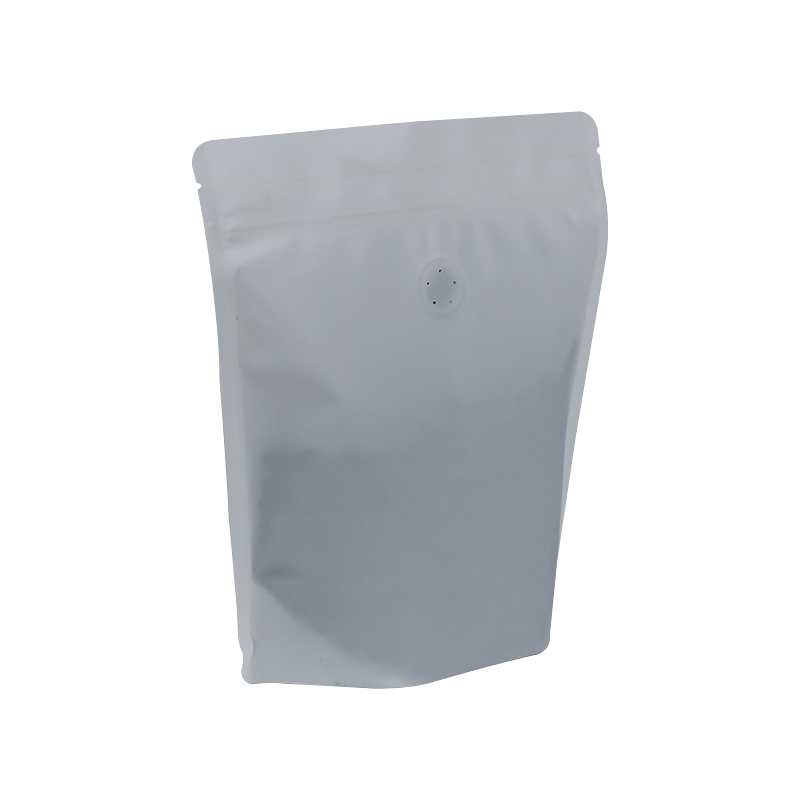- Afrikaans
- Albanian
- Amharic
- Arabic
- Armenian
- Azerbaijani
- Basque
- Belarusian
- Bengali
- Bosnian
- Bulgarian
- Catalan
- Cebuano
- chinese_simplified
- chinese_traditional
- Corsican
- Croatian
- Czech
- Danish
- Dutch
- English
- Esperanto
- Estonian
- Finnish
- French
- Frisian
- Galician
- Georgian
- German
- Greek
- Gujarati
- haitian_creole
- hausa
- hawaiian
- Hebrew
- Hindi
- Miao
- Hungarian
- Icelandic
- igbo
- Indonesian
- irish
- Italian
- Japanese
- Javanese
- Kannada
- kazakh
- Khmer
- Rwandese
- Korean
- Kurdish
- Kyrgyz
- Lao
- Latin
- Latvian
- Lithuanian
- Luxembourgish
- Macedonian
- Malgashi
- Malay
- Malayalam
- Maltese
- Maori
- Marathi
- Mongolian
- Myanmar
- Nepali
- Norwegian
- Norwegian
- Occitan
- Pashto
- Persian
- Polish
- Portuguese
- Punjabi
- Romanian
- Russian
- Samoan
- scottish-gaelic
- Serbian
- Sesotho
- Shona
- Sindhi
- Sinhala
- Slovak
- Slovenian
- Somali
- Spanish
- Sundanese
- Swahili
- Swedish
- Tagalog
- Tajik
- Tamil
- Tatar
- Telugu
- Thai
- Turkish
- Turkmen
- Ukrainian
- Urdu
- Uighur
- Uzbek
- Vietnamese
- Welsh
- Bantu
- Yiddish
- Yoruba
- Zulu
epe foam
Understanding EPE Foam Properties, Applications, and Benefits
EPE foam, or Expanded Polyethylene foam, is a versatile material widely used in various industries due to its lightweight and protective characteristics. Composed of closed-cell polyethylene, EPE foam is known for its excellent cushioning properties, making it ideal for packaging, insulation, and various industrial applications.
Properties of EPE Foam
1. Lightweight One of the primary advantages of EPE foam is its lightweight nature. This property allows businesses to reduce shipping costs and enhances ease of handling during manufacturing and installation processes.
2. Shock Absorption EPE foam excels at absorbing shocks and impacts due to its unique closed-cell structure. This feature is critically important in packaging fragile items, ensuring they remain safe during transit.
3. Water Resistance The closed-cell makeup of EPE foam makes it water-resistant. This quality prevents moisture absorption, which is beneficial for applications in humid environments or for protecting moisture-sensitive products.
4. Chemical Resistant EPE foam is resistant to a variety of chemicals, making it suitable for use in environments where exposure to solvents or other chemicals is a concern.
5. Thermal Insulation This foam offers effective thermal insulation, helping maintain temperature-sensitive conditions. Therefore, it's a preferred choice in applications requiring temperature control.
6. Recyclable and Environmentally Friendly EPE foam can be recycled and is often made from non-toxic materials, making it a more environmentally friendly option compared to other foam types.
epe foam

Applications of EPE Foam
1. Packaging One of the most common applications of EPE foam is in packaging fragile goods. It is widely used to cushion electronics, glassware, and other delicate items during shipping and handling, ensuring they arrive at their destination in perfect condition.
2. Construction In the construction industry, EPE foam acts as an insulation material, helping to improve energy efficiency in buildings. Its lightweight nature makes it easy to install in both new and renovation projects.
3. Sports and Leisure EPE foam is prevalent in the sports equipment industry. It is used in products like protective gear, yoga mats, and exercise equipment due to its shock-absorbing properties.
4. Automotive Industry The automotive sector utilizes EPE foam for interior padding, thermal insulation, and various protective applications within vehicles, thereby enhancing passenger comfort and safety.
5. Medical Applications EPE foam is also finding its way into medical applications, including packaging for sensitive medical supplies, insulation for medical devices, and cushioning for patient transport.
Conclusion
In conclusion, EPE foam is a remarkable material known for its lightweight, shock-absorbing, water-resistant, and thermal insulating properties. Its versatility makes it suitable for a wide array of applications ranging from packaging to construction, sports, automotive, and medical fields. As industries continue to seek materials that are both effective and environmentally friendly, EPE foam stands out as a prime candidate, providing a reliable solution while contributing to sustainability efforts. Understanding the benefits and applications of EPE foam is essential for businesses seeking efficient packaging and insulation solutions that meet modern standards and requirements.













